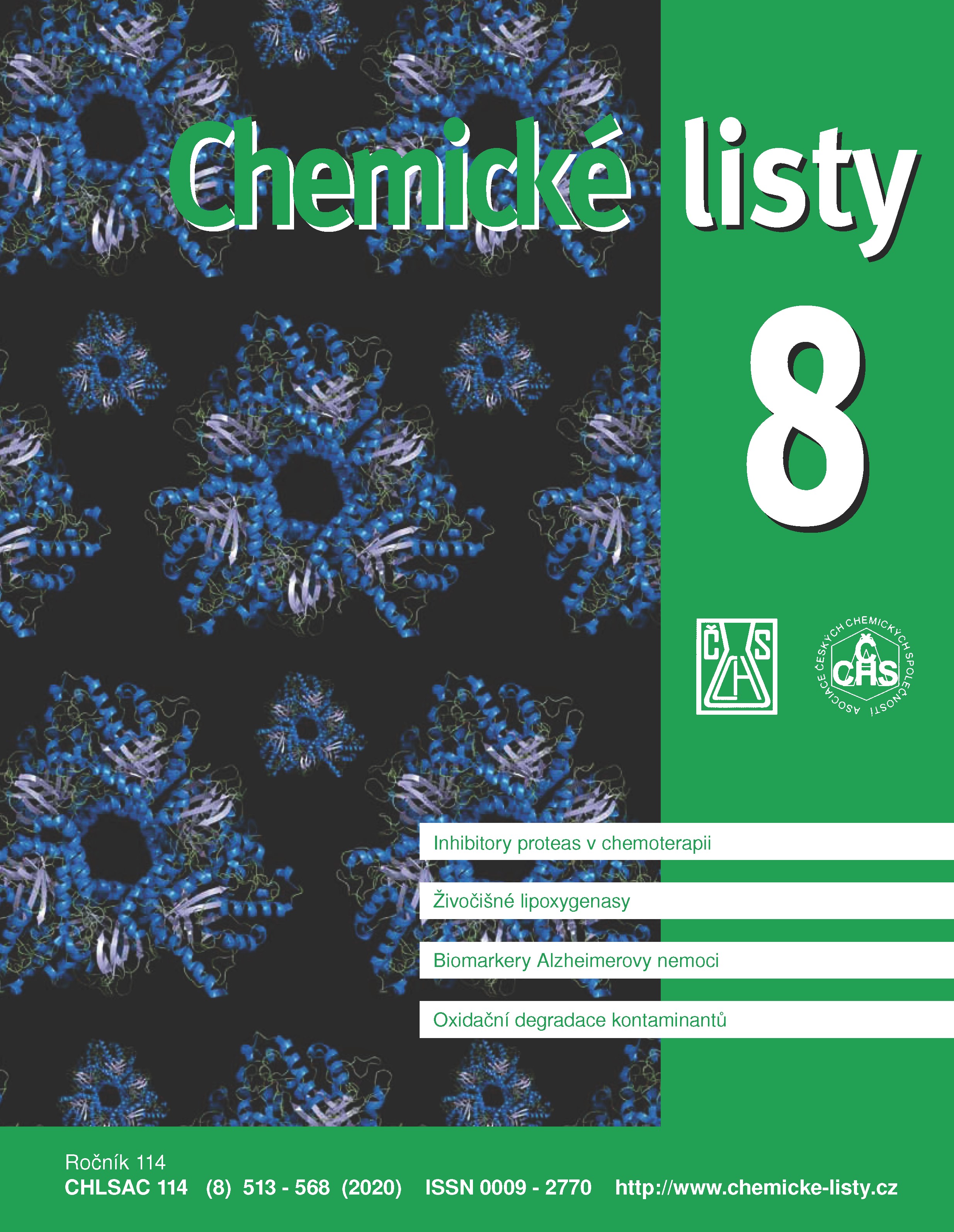In situ Chemical Oxidation Using Peroxydisulfate to Remove Organic Contaminants from Soil and Groundwater
Keywords:
in situ chemical oxidation, peroxydisulfate, soil and groundwater contaminationAbstract
Contaminated soil or groundwater poses a risk to human health and the ecosystem. To eliminate the risk, an active technical intervention – remediation – is usually required. In situ chemical oxidation belongs to the group of innovative in situ remediation methods potentially providing rapid organic contaminant removal. In comparison with conventional oxidants, in situ chemical oxidation using peroxydisulfate has many potential advantages, such as the stability in the soil matrix and groundwater, low soil oxidant demand and the range of activation options. However, to utilize these advantages, a complex assessment of chemism of the environment and many other critical factors has to be made, including the selection of the peroxydisulfate activation method and thorough laboratory testing. The aim of this review is to concisely introduce fundamental physical and chemical properties of peroxydisulfate, including activation methods and contaminants treatability to serve as a guide through critical factors influencing possible field applications.





